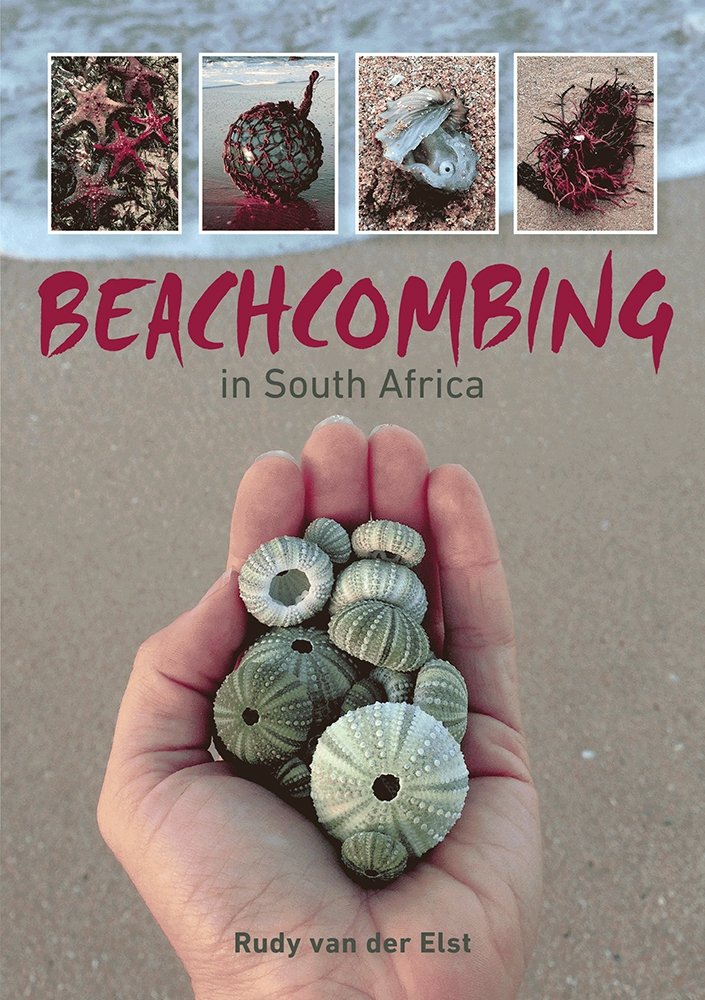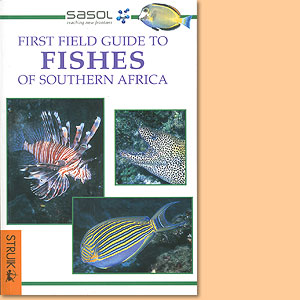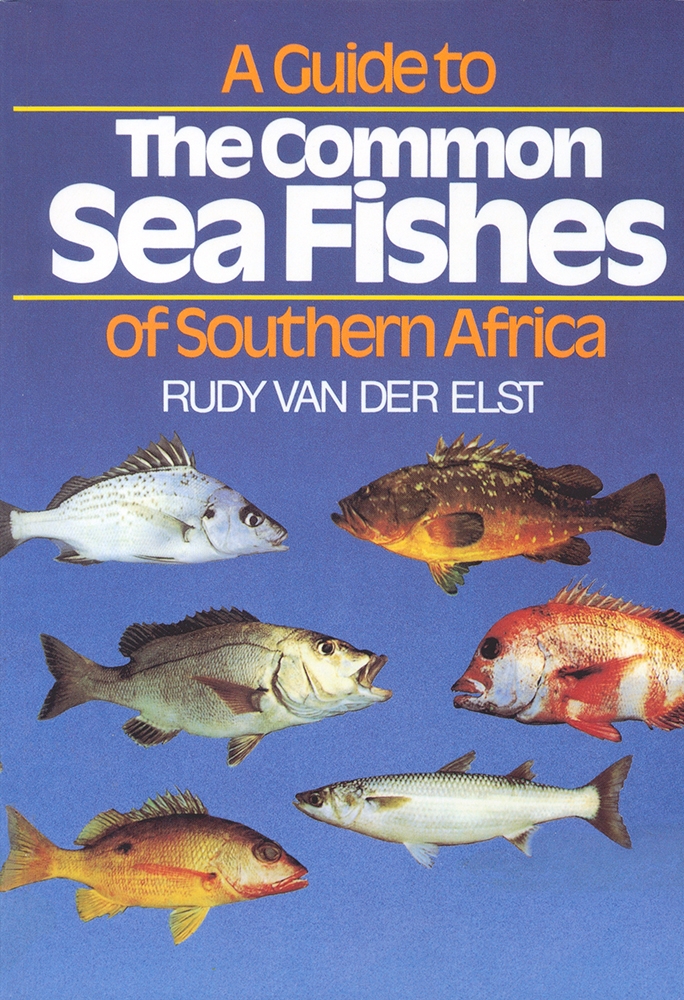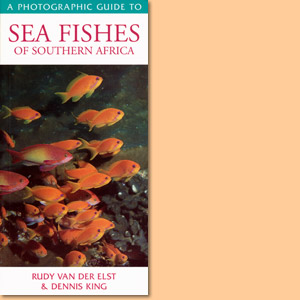Beachcombing in South Africa, written by Rudy van der Elst
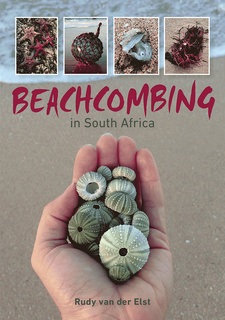
Beachcombing in South Africa, written by Rudy van der Elst. Penguin Random House South Africa, Struik Nature. Cape Town, South Africa 2019. ISBN 9781775845713 / ISBN 978-1-77584-571-3
Beachcombing in South Africa, written by Rudy van der Elst, a former director of the Oceanographic Research Institute (ORI) based at Durban's uShaka Marine World.
Planning your beach walk
For safety reasons it is best to avoid walking alone, particularly on remote or deserted beaches, and to leave valuables at home - except a camera, of course! Be sure to familiarise yourself with local conditions such as the tides, and to get a local weather forecast; while beachcombing is often best after a storm, large rogue waves can pose a risk and have been known to knock people off the rocks and drag them out with the tide. If possible, plan beachcombing ventures to coincide with an outgoing low spring tide in the morning, which follows the pre-dawn high spring tide when the waves may have been stronger, depositing more items on the beach; and, of course, low tide provides the greatest expanse of beach for combing. By setting out early (remember, the early bird catches the worm!), fewer people will have beaten you to the strandline; this, as well as taking advantage of out-of-season beaches, will improve your beachcombing chances. Familiarise yourself with local authority rules. Protected areas, marine reserves, heritage sites, areas close to ports and harbours, some popular swimming beaches and selected other zones may pose limitations on beachcombing. Often such information is depicted on notice boards, although it is best to know about any rules and regulations in advance. The coastal zone of South Africa is deemed to be Coastal Public Property in terms of the 2008 Integrated Coastal Management (ICM) Act, giving the public free use of this important zone, and especially the area adjacent to the sea. However, because there is a need to limit the number of access paths leading to the beach to protect the sensitive coastal dunes and vegetation, beachcombers should take care to use only the more formal paths to the beach. Be aware that private property along the coastline may limit access to certain beaches. Take appropriate footwear, especially if you are going to cross rocks, in which case non-slip rubber booties may prove useful. Barefoot is always tempting but bear in mind that sharp shards of glass may be present on some beaches, or waste products such as needles and fish hooks that can cause injury. Early morning beachcombing may be surprisingly cold, so go prepared with suitable clothing. It makes sense to take along sunscreen and a hat, and a camera is also an asset, preferably one with a neck strap. And, of course, don't forget to take this book! You may also want to take some containers or plastic bags in which to collect treasures and, importantly, any garbage you remove from the beach, with the aim of leaving it cleaner than it was when you got there. If you are planning a serious beachcombing trip you may want to take a backpack so that you can explore the beach hands-free. Familiarity with the state of the tides is not only important for personal safety, but also for selecting optimal conditions for beachcombing. An outgoing-to-low tide provides the best conditions. The South African coastline is subjected to semi-diurnal tides, so that there are two high tides and two low tides per 24-hour day. [...]
This is an excerpt from Beachcombing in South Africa, written by Rudy van der Elst.
Title: Beachcombing in South Africa
Author: Rudy van der Elst
Publisher: Penguin Random House South Africa
Imprint: Struik Nature
Cape Town, South Africa 2019
ISBN 9781775845713 / ISBN 978-1-77584-571-3
Softcover, 15 x 21 cm, 144 pages, throughout colour photographs and images
van der Elst, Rudy im Namibiana-Buchangebot
Beachcombing in South Africa
Beachcombing in South Africa is a friendly guide to the sights and treasures to be found on the region's seashores.
First Field Guide to Fishes of Southern Africa
These little guides are an invaluable resource for beginners
A Guide to the Common Sea Fishes of Southern Africa
Practical, easy to use and authoritative guide! More than 300 common sea fishes ot the coastal regions of Southern Africa.
A Photographic Guide to Sea Fishes of Southern Africa
A Photographic Guide to Sea Fishes of Southern Africa introduces the most common marine fishes in a compact, easy-to-use format.

